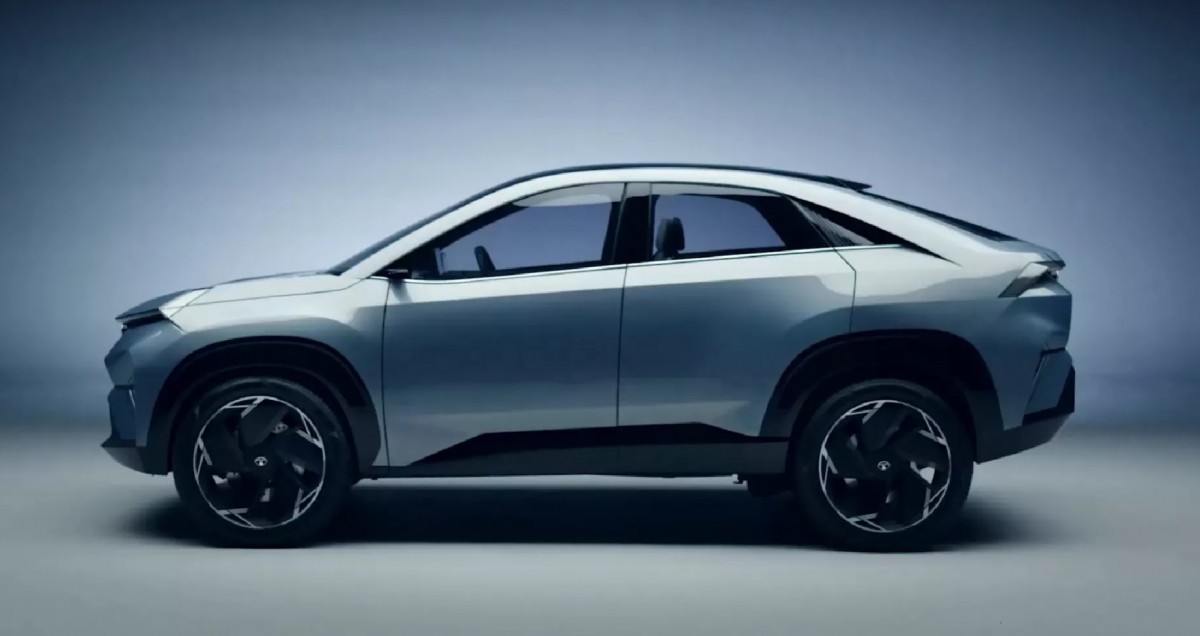Tata bypasses hybrids for electric dominance by 2024
Automotive companies often take different routes to reach the same destination. While some brands serenade the enchanting allure of hybrids, Indian automobile behemoth, Tata, is driving down a slightly different road. Instead of merging traditional gasoline engines with electric counterparts, Tata’s planning to serve a cocktail of ICE-powered and full-blown electric vehicles. Why tiptoe between two worlds when you can immerse yourself fully in one? Well, maybe not ‘fully’.
By early 2024, Tata wants to unleash four electric SUVs into the wild streets of India. Among the soon-to-debut electric beasts are the reimagined Nexon EV and the electric versions of its Punch and Harrier models. The production model of the Tata Curvv Concept from 2022 will soon grace the showrooms, allowing customers to pick between the age-old ICE version and the zesty electric one.
Before you think Tata is putting all its eggs in the EV basket, let’s set the record straight. Tata isn’t completely ditching the traditional ICE-powered engines. After all, as Tata Motors Chairman, Natarajan Chandrasekaran, points out, internal combustion engines aren’t packing their bags and leaving just yet. But hybrids? Nah, Tata’s giving them the cold shoulder. In Chandrasekaran's own words, “Currently, we don’t have any plans for hybrids. We are focused on EVs.”
 Tata Curvv was a concept vehicle introduced last year
Tata Curvv was a concept vehicle introduced last year
Tata’s future plans reveal an ambitious strategy. By 2026, it’s eyeing electric vehicles to account for a quarter of its Indian sales. Fast forward to 2030, and EVs might constitute half of Tata’s vehicle ensemble. Yet, amidst this electric dream, Chandrasekaran strikes a realistic chord. He believes that traditional ICE vehicles will maintain a notable footprint in India, offering flavors of petrol, diesel, and CNG. It’s almost as if Tata acknowledges that old habits (or vehicles) die hard, especially in a market as diverse as India's.
While Tata marches forward with its electrified plan, rivals like Suzuki and Toyota aren't sleeping. Their hybrid SUVs, namely the Grand Vitara and Hyryder, are already zipping around India’s streets. Is Tata's approach a calculated risk or a leap into the future? Only time will tell. With predictions of the Indian market potentially growing to a staggering 10 million new car sales annually, Chandrasekaran has high hopes that Tata will carve a more substantial slice of the pie.





Facebook
Twitter
Instagram
RSS
Settings
Log in I forgot my password Sign up